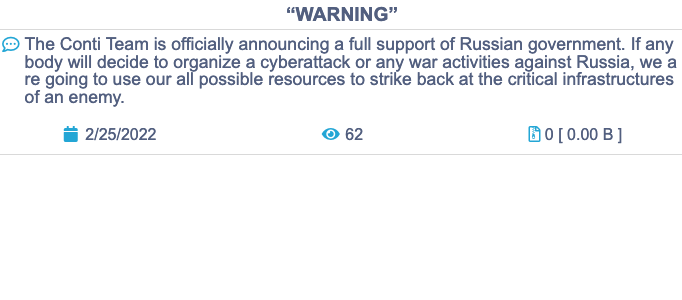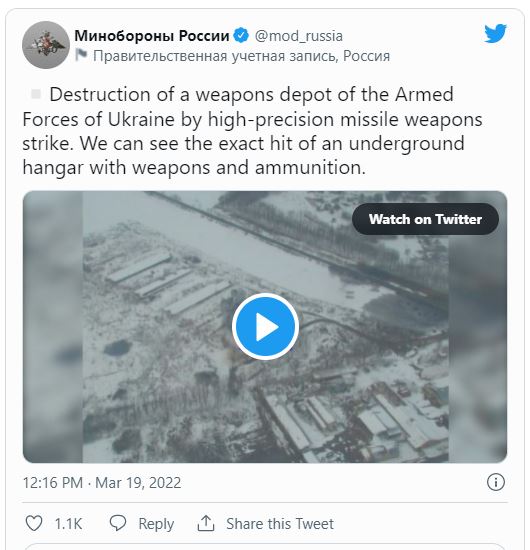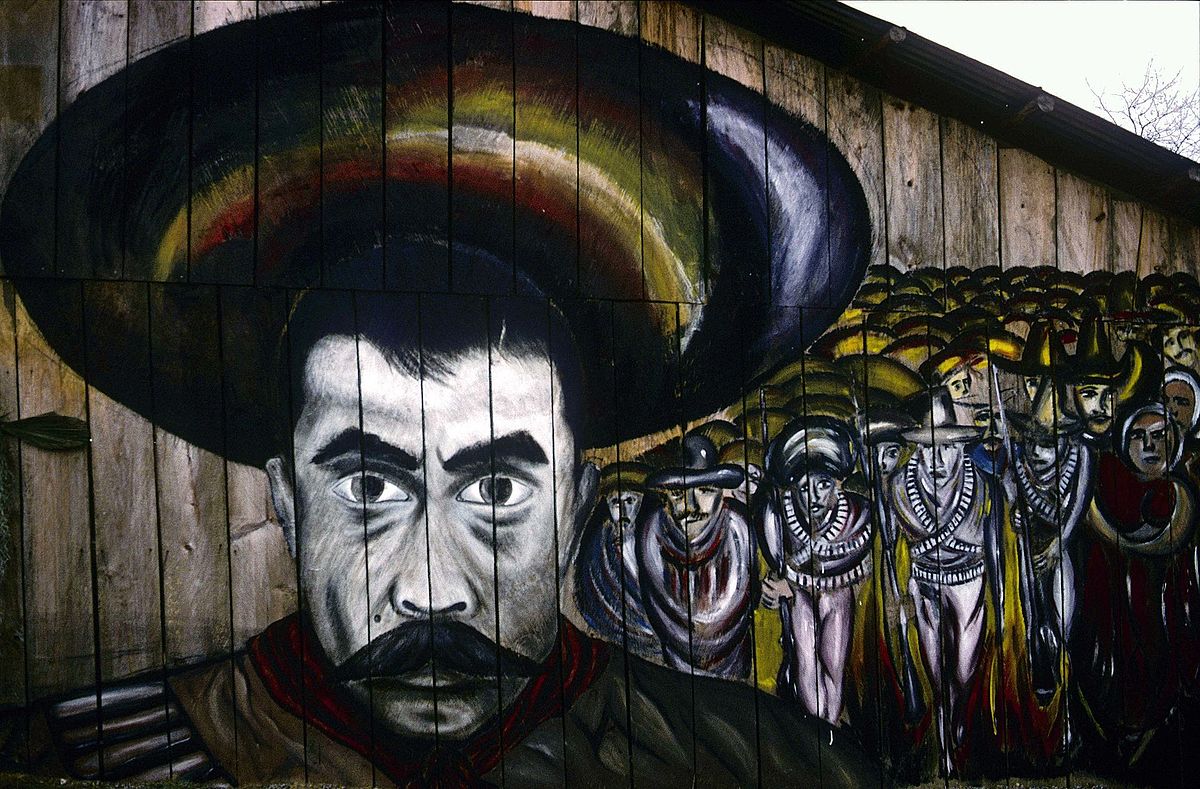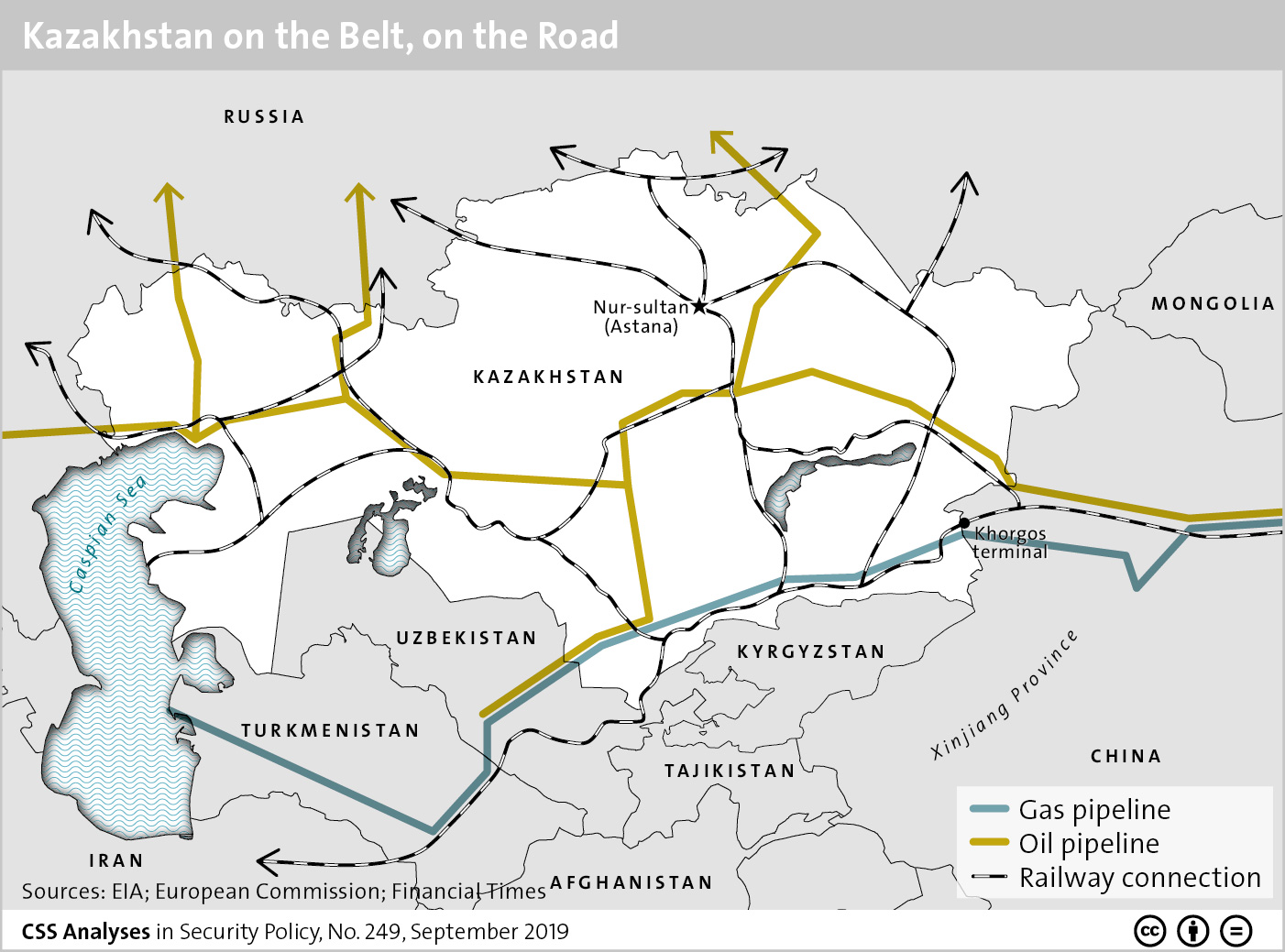
A day after Russia’s President Putin ordered the full-scale invasion of Ukraine, Conti, a hacker group suspected to be largely based in Russia and known for financially extorting Western companies, published a message in support of Moscow. The hackers threatened to use “all possible resources to strike back at the critical infrastructures” in retaliation for any “cyberattack or any war activities against Russia”. Soon after, the group sought to dial back this message, claiming not to side with any government.




